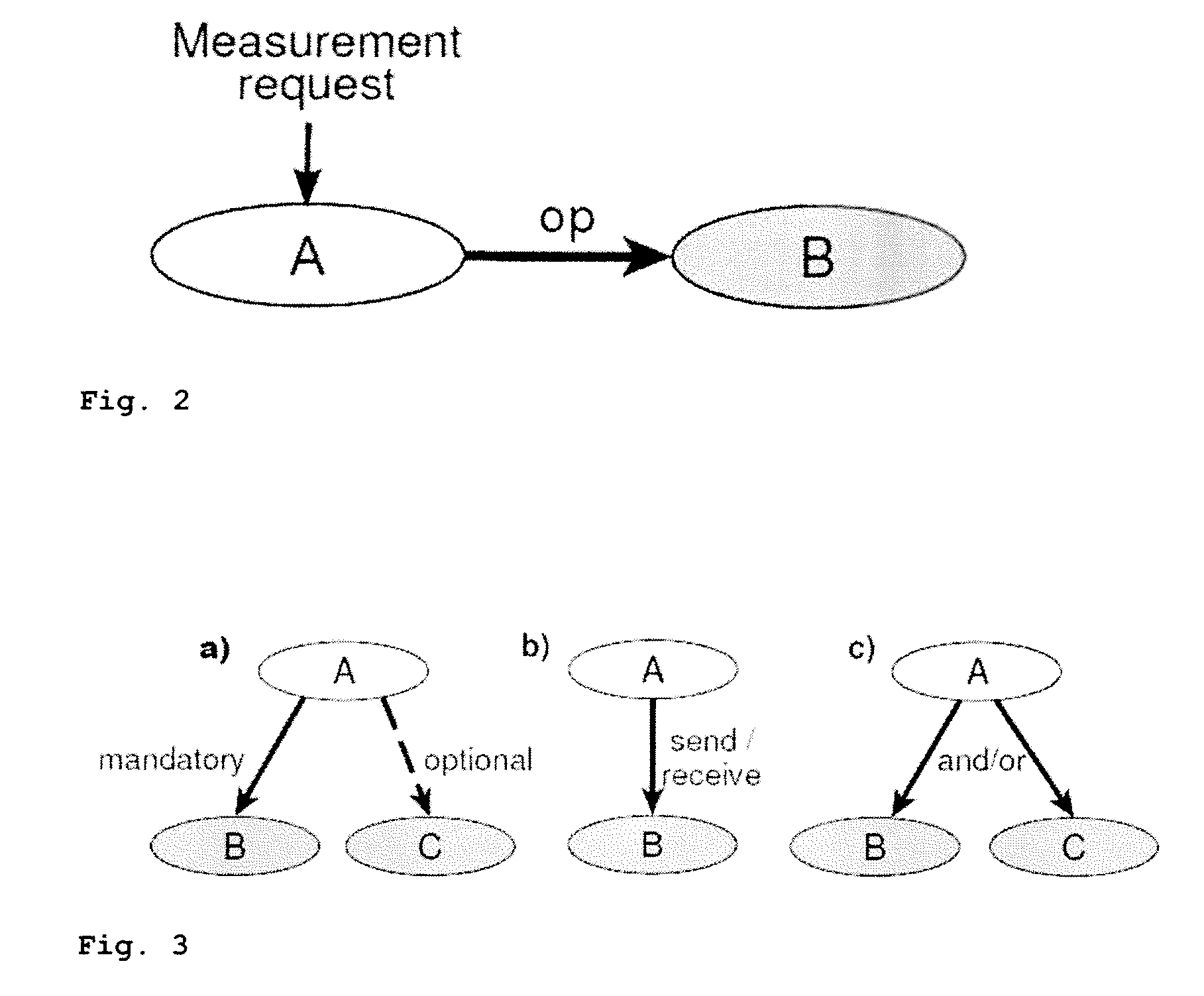Artificial vision system and method for knowledge-based selective visual analysis
a technology of selective visual analysis and artificial vision, applied in the field of artificial vision system and knowledge-based selective visual analysis, to achieve the effect of flexible adaptation of processing resources
- Summary
- Abstract
- Description
- Claims
- Application Information
AI Technical Summary
Benefits of technology
Problems solved by technology
Method used
Image
Examples
Embodiment Construction
[0072]Cognitive vision systems, both technical and biological, with at least a minimal aim at generality have to carefully select the information they acquire from their environment.
[0073]This is necessary to fulfill constraints on computing and memory resources. Therefore, those systems implement algorithms to focus on certain aspects of the surrounding scene, depending on their need, their task and their knowledge about the world they have accumulated. This flexible control architecture as proposed in [1] must be able to dynamically rearrange the processing pathways of the system, use the already acquired knowledge and estimate the cost and benefits of the system's actions. To achieve this in a reasonable manner the system not only needs knowledge about relations between objects, but also needs knowledge about the relations of internal routines it can use to acquire information about its vicinity. This knowledge could then be used to determine which actions the system has to perfo...
PUM
 Login to View More
Login to View More Abstract
Description
Claims
Application Information
 Login to View More
Login to View More - R&D
- Intellectual Property
- Life Sciences
- Materials
- Tech Scout
- Unparalleled Data Quality
- Higher Quality Content
- 60% Fewer Hallucinations
Browse by: Latest US Patents, China's latest patents, Technical Efficacy Thesaurus, Application Domain, Technology Topic, Popular Technical Reports.
© 2025 PatSnap. All rights reserved.Legal|Privacy policy|Modern Slavery Act Transparency Statement|Sitemap|About US| Contact US: help@patsnap.com



